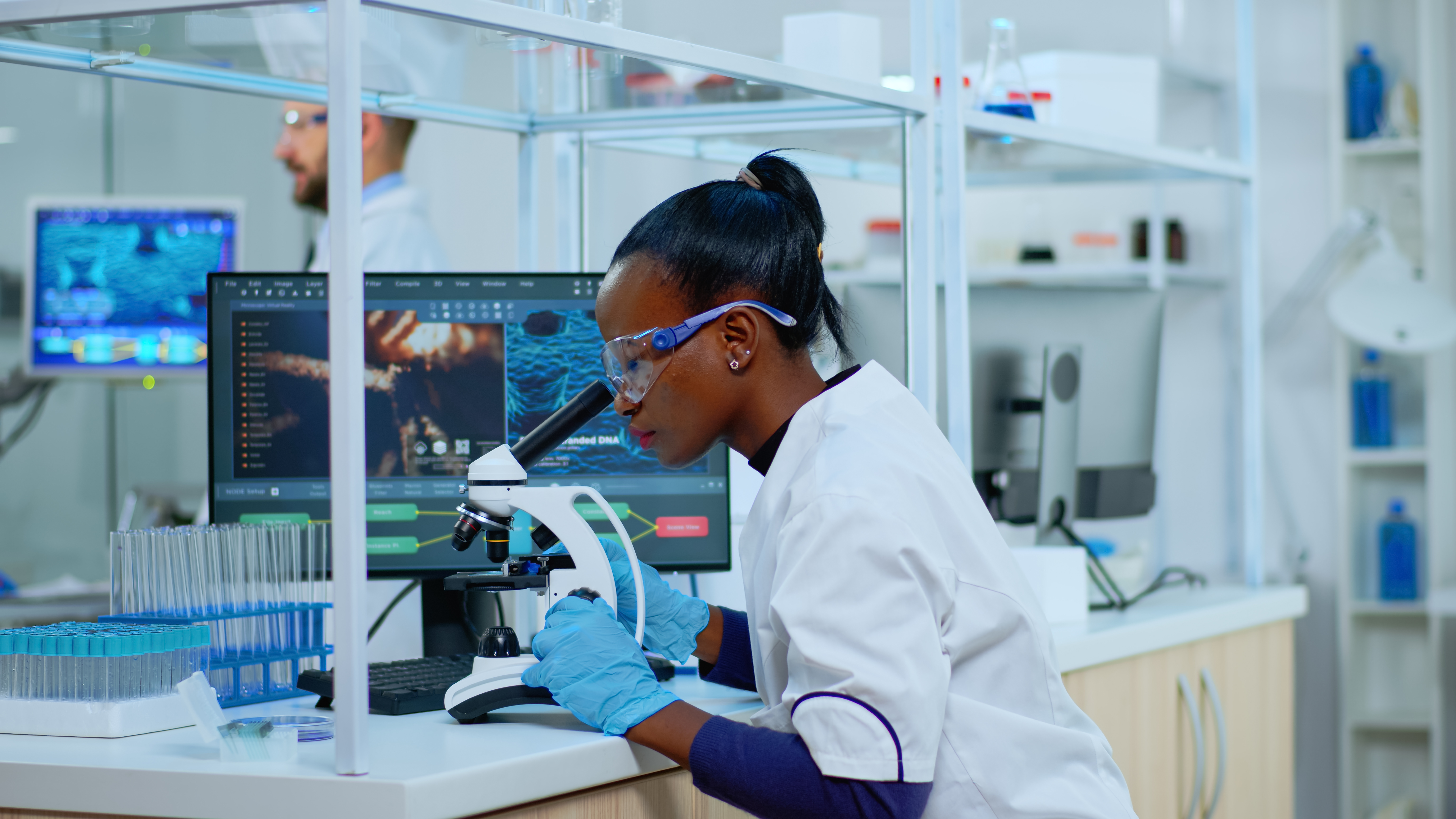Salmonella Antigen Test
1,700 Kshs | Home Collection Available
Synonyms
Salmonella Antigen Test
Purpose
The Salmonella Antigen Test is a rapid diagnostic procedure that detects specific antigens from Salmonella bacteria in stool samples. This test helps identify infections that cause gastroenteritis, commonly marked by diarrhea, fever, vomiting, and abdominal cramps.
It is important because timely detection of Salmonella infection allows for prompt treatment, prevents complications such as dehydration or bacteremia, and helps reduce the risk of spreading the infection, particularly in community or hospital settings.
To enhance diagnostic accuracy, this test is often performed alongside other medical laboratory tests such as fecal culture, stool microscopy, complete blood count (CBC), and electrolyte panel.
Patient Preparation for Salmonella Antigen Test
The patient is not subjected to any restrictions.
Samples
2g with a minimum of 1g of stool collected in a sterile container. The specimen must be collected in a container with no detergents, preservatives, or transport media. Stored at room temperature or refrigerated (2-30°C).

Reference Range
1:20 to 1.60 antigen titer level.
Results Turnaround
1 day after receipt of samples.
Diseases / Diagnostic indicators
A positive result typically indicates an active infection caused by Salmonella species.
Salmonella Typhi causes typhoid fever, which presents with prolonged fever, weakness, abdominal pain, and sometimes a rash or confusion. Without treatment, the infection can lead to serious complications like intestinal perforation.
Other strains, such as Salmonella Enteritidis or Salmonella Typhimurium, usually cause non-typhoidal salmonellosis, leading to diarrhea, vomiting, fever, and abdominal cramps, particularly in children and individuals with weakened immune systems.
If the test returns a negative result, it means the stool sample did not contain detectable Salmonella antigens at the time of testing. However, if symptoms continue, healthcare providers may recommend additional tests like a fecal culture or pathogen screening to identify the cause. The test helps guide early intervention, prevent complications, and limit the spread of infection in both individual and public health contexts.
This complete study provides more detailed information about Salmonella antigens.




